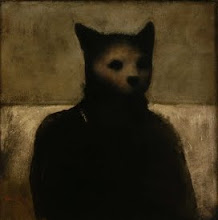
"The sage does not attempt anything very big, and thus achieves greatness."-- Tao Te Ching, Chapter 63
This is what is meant by, "Working without doing." Or, "Seeing simplicity in the complicated."
I, personally, am often guilty of looking too far ahead. I am guilty of trying too hard to achieve results. Any philosopher or martial artist knows that this leads to problems. It hinders growth, rather than encouraging it.
But we fall back into this pattern again and again.
However, plants don't try to grow. Just as our own bodies didn't reach adulthood through conscious effort.
"In the universe the difficult things are done as if they're easy.... Great acts are made up of small deeds."
The underlying concept of this, the chapter goes on to say, is to: "Magnify the small, increase the few."
And then just go with the flow.
I guess this is, "Working without doing."







